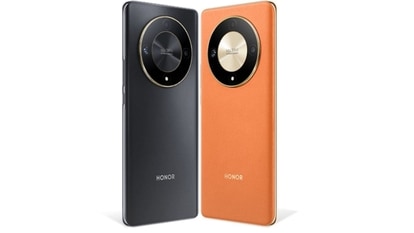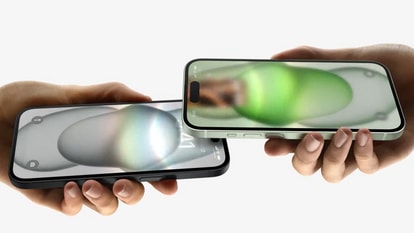India's Aditya-L1 Mission's VELC Payload to Snap 1,440 Solar Images Daily
India's upcoming Aditya-L1 solar mission, launching on September 2, features the Visible Emission Line Coronagraph (VELC) as its primary payload.
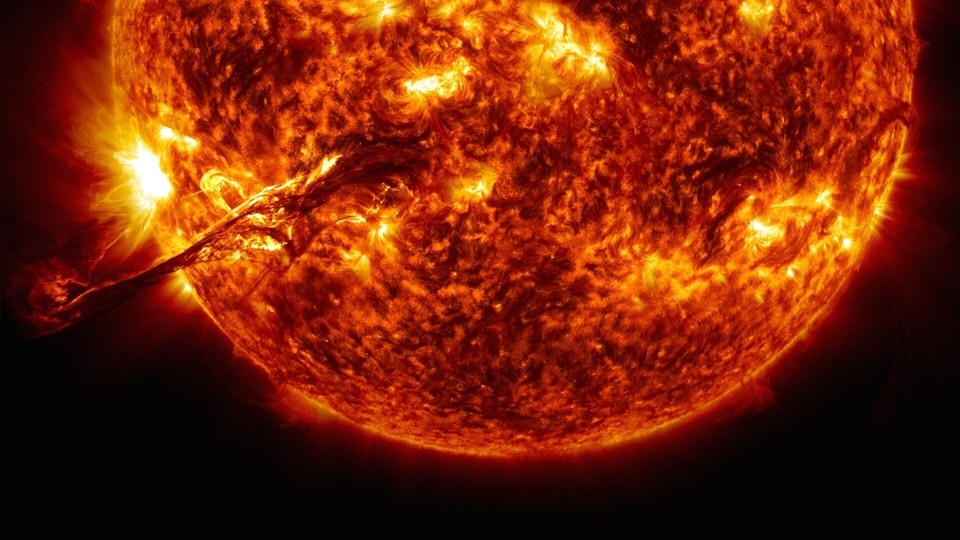
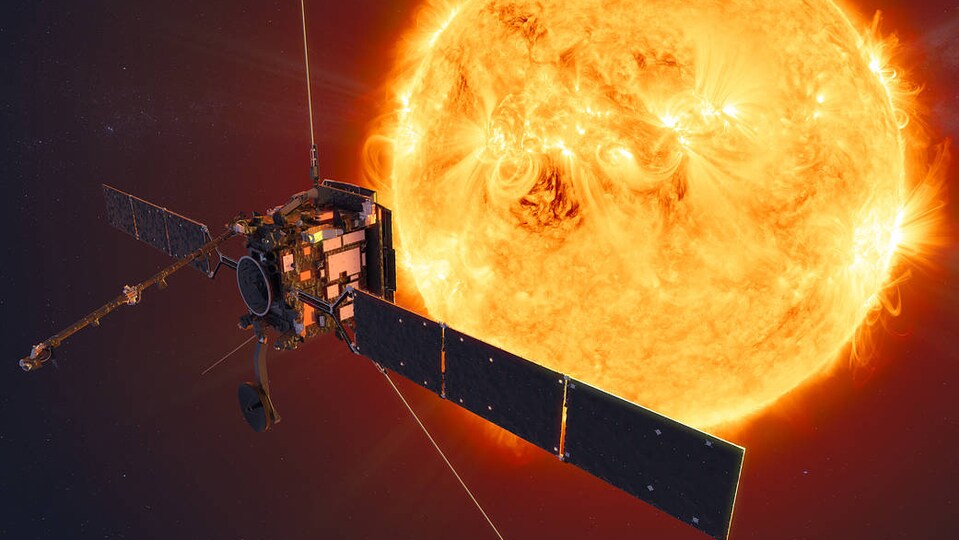
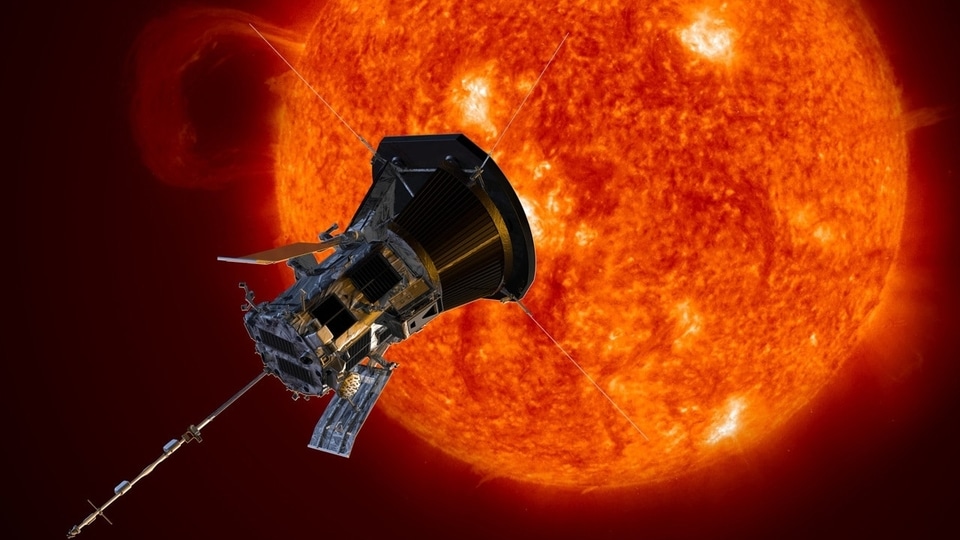
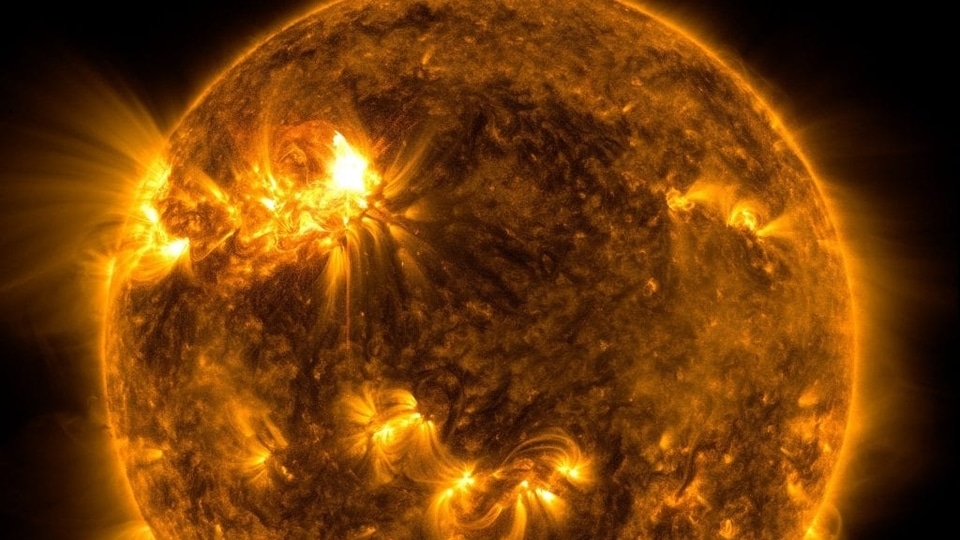

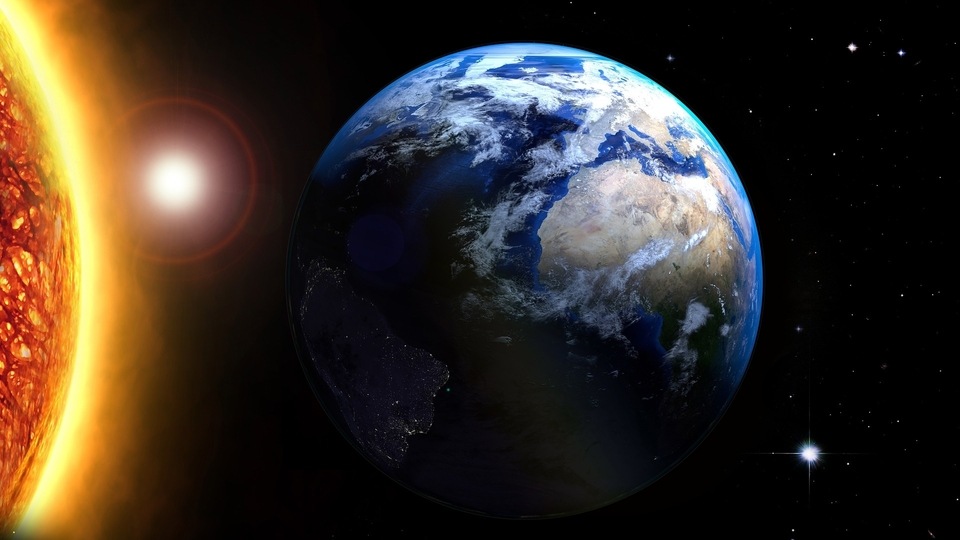

 View all Images
View all ImagesAditya-L1, India's groundbreaking solar mission, will deploy the Visible Emission Line Coronagraph (VELC) as its central instrument. VELC's mission is to provide a wealth of solar images daily, contributing to the understanding of the Sun's corona and its behavior. The mission is set to launch on September 2. Check highlights:
1. The Aditya-L1 mission, India's maiden solar expedition, is set to launch on September 2, following the recent success of Chandrayaan-3.
2. The mission's primary payload, the Visible Emission Line Coronagraph (VELC), will transmit 1,440 images daily to ground stations for analysis once it reaches its intended orbit.
3. VELC, considered the most significant and technically challenging payload on Aditya-L1, was developed and calibrated in collaboration with the Indian Institute of Astrophysics (IIA) at their CREST campus in Hoskote, near Bengaluru.
4. The Aditya-L1 mission will be launched using the PSLV-C57 rocket on September 2 at 11:50 AM.
5. The mission is equipped with seven payloads, with four designed to observe the Sun's light and three dedicated to in-situ measurements of plasma and magnetic fields.
6. Aditya-L1 will be positioned in a halo orbit around Lagrangian Point 1 (L1), situated 1.5 million kilometers from Earth in the direction of the Sun, ensuring continuous solar observation without eclipses.
7. VELC's imaging channel will provide one image per minute, totaling around 1,440 images over 24 hours.
8. IIA will host the VELC Payload Operations Centre (POC), which will receive raw data from ISRO's Indian Space Science Data Centre (ISSDC) for further processing and scientific analysis before dissemination.
9. A specialized software developed by IIA will automatically detect coronal mass ejections and provide timely information to the scientific community within 24 hours.
10. The VELC payload, weighing 190 kg, is expected to send images for the nominal five-year lifespan of the satellite, with the possibility of an extended mission depending on fuel consumption.
11. VELC includes four channels, with the continuum channel independently sending 1,440 images per day, while the other spectroscopy channels provide images as needed.
12. The first images from Aditya-L1 are anticipated to be available by the end of February, with the satellite set to be placed into orbit in mid-January and subsequent testing and instrument activation.
Catch all the Latest Tech News, Mobile News, Laptop News, Gaming news, Wearables News , How To News, also keep up with us on Whatsapp channel,Twitter, Facebook, Google News, and Instagram. For our latest videos, subscribe to our YouTube channel.


































